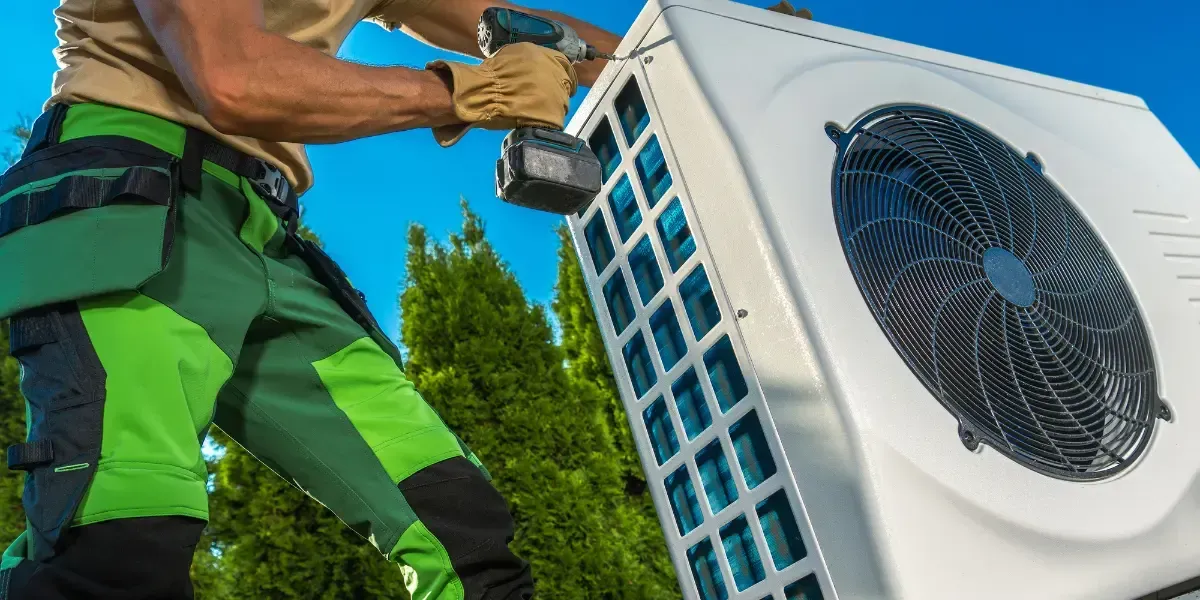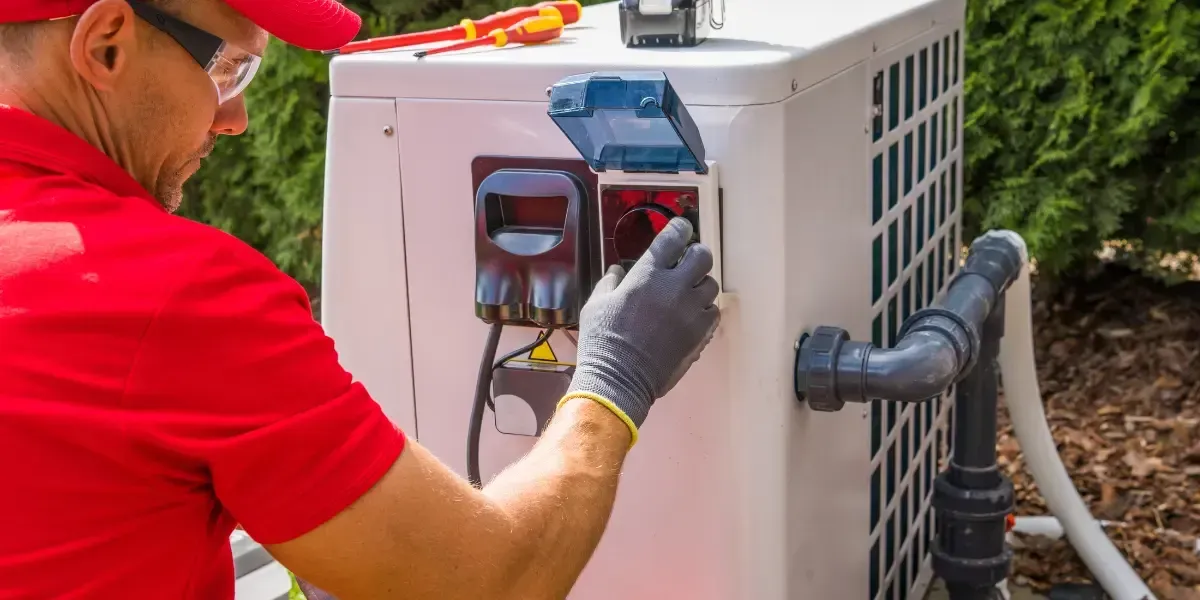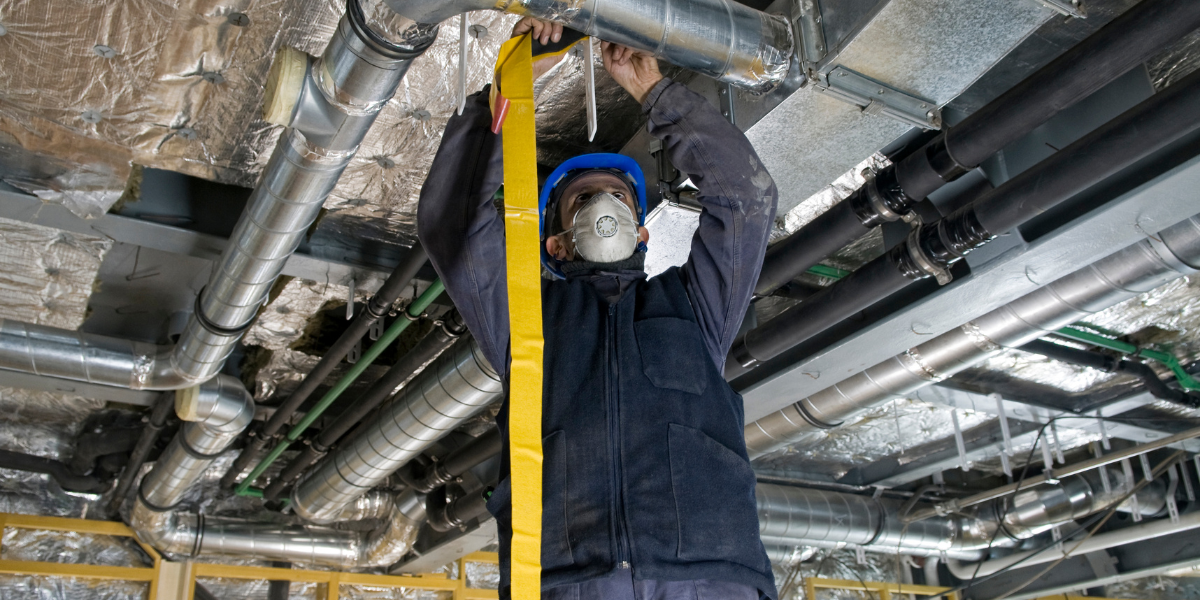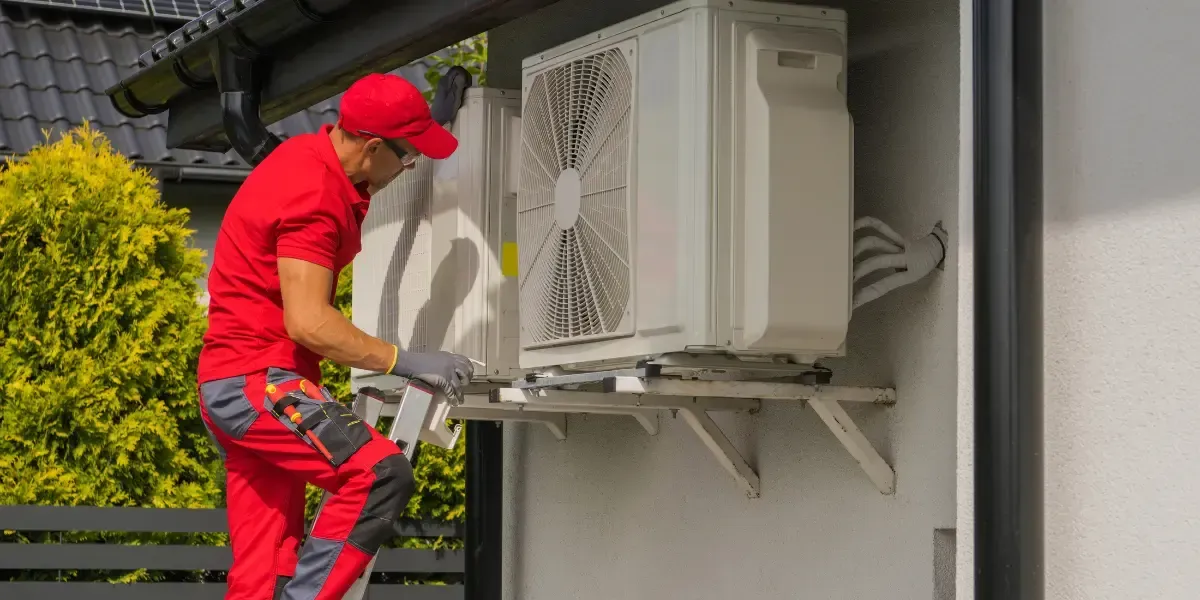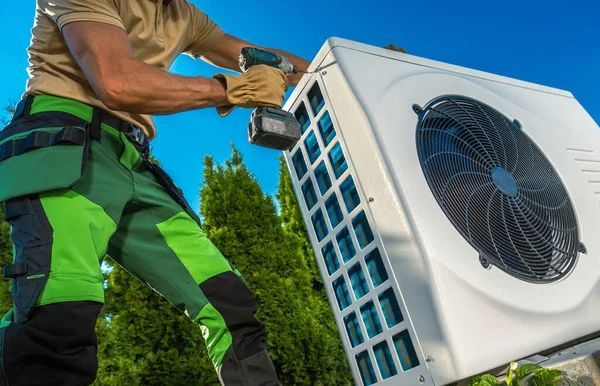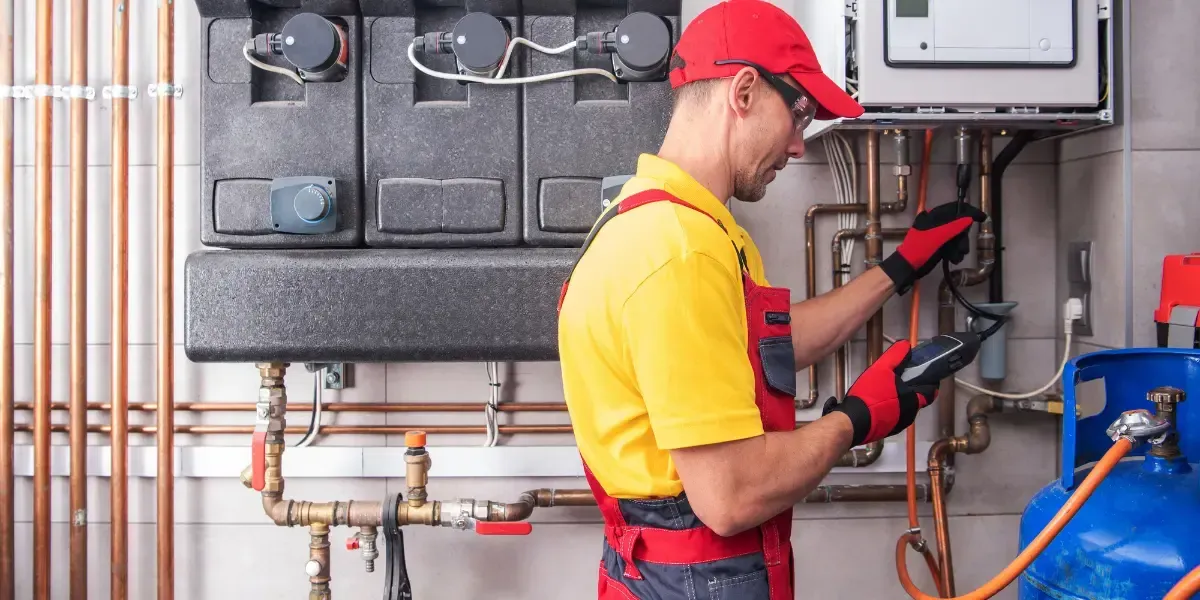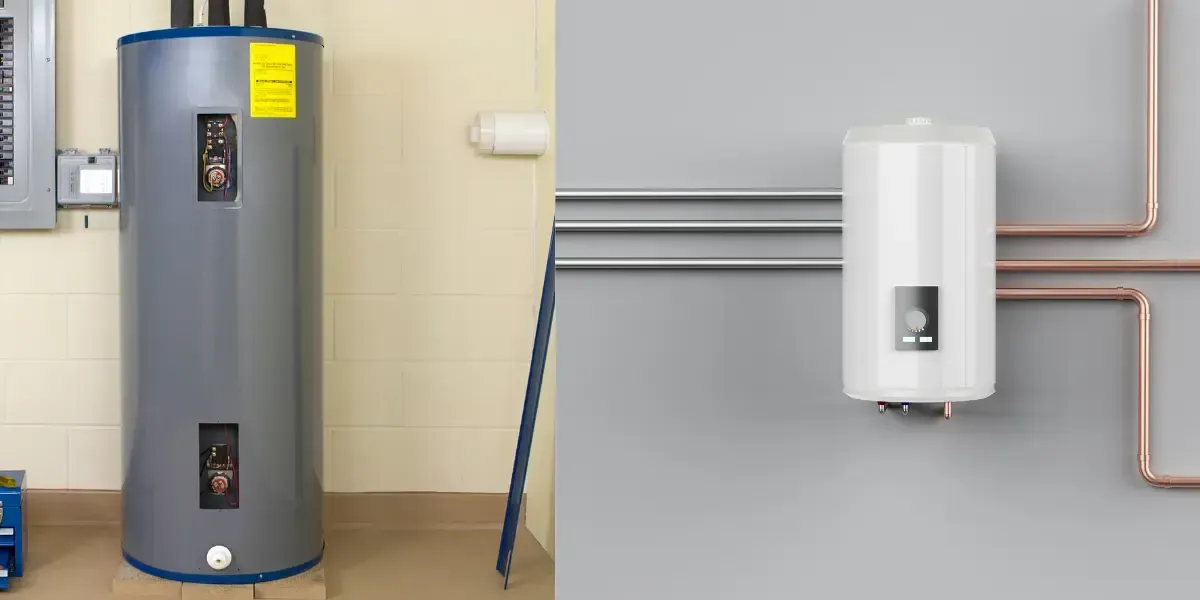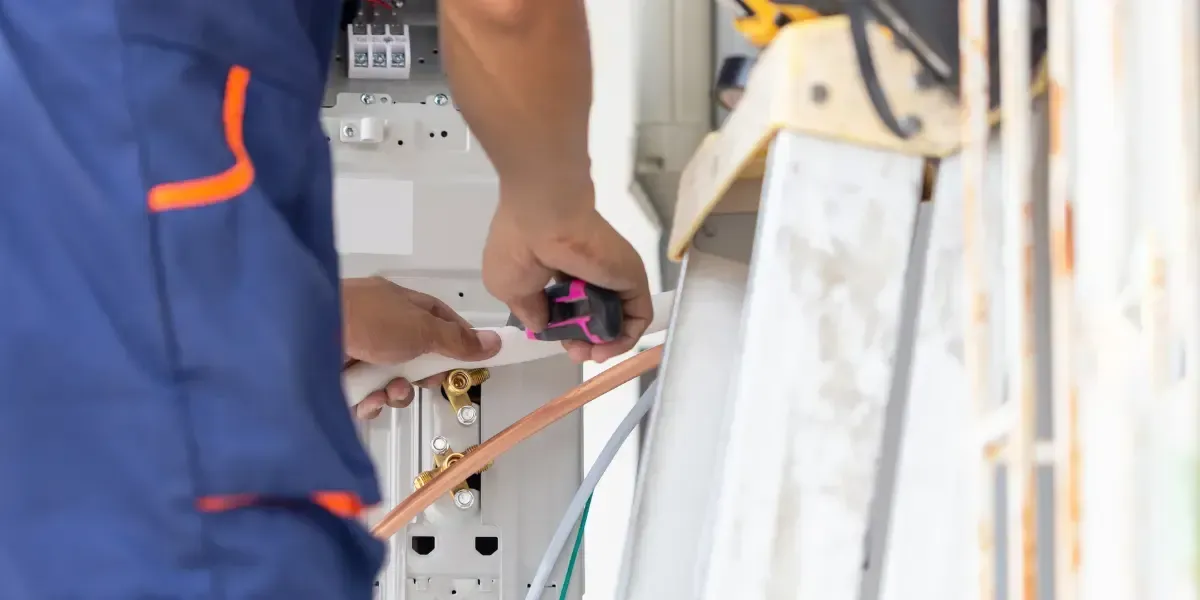Step-by-Step: How a Heat Pump System Works
Unlike conventional furnaces that generate heat, a heat pump transfers heat from one place to another, making it an environmentally friendly and cost-effective solution. Heat pump systems are becoming increasingly popular as energy-efficient alternatives to traditional heating and cooling systems.
In this article, we’ll take a deep dive into how a heat pump system works step by step, exploring its components, heating and cooling modes, and benefits.
Key Takeaways
- Heat pumps work by transferring heat rather than generating it, making them highly energy-efficient.
- They operate in both heating and cooling modes, providing year-round comfort.
- Key components include the outdoor unit, indoor unit, compressor, expansion valve, and refrigerant.
- Regular maintenance can enhance the longevity and efficiency of the system.
- Monterey Bay Heating and Cooling offers expert installation and maintenance services to ensure optimal system performance.
Understanding the Components of a Heat Pump System
Before we delve into the working mechanism of a heat pump system, it's essential to understand its key components:
- Outdoor Unit (Evaporator Coil): This component extracts heat from the outside air, even in cold conditions.
- Indoor Unit (Condenser Coil): This unit distributes the absorbed heat within the home.
- Compressor: Responsible for circulating the refrigerant between the indoor and outdoor units and increasing the heat’s temperature.
- Expansion Valve: Regulates the flow of refrigerant and ensures efficient heat exchange.
- Refrigerant: A special fluid that moves heat between the indoor and outdoor units.
How a Heat Pump System Works in Cooling Mode
1. Heat Absorption
The process begins with the outdoor unit absorbing heat from the outside air. Even when it's cold, a heat pump can extract thermal energy from the environment.
2. Heat Compression
Once the heat is absorbed, the compressor increases the temperature by compressing the refrigerant, making the heat more effective for indoor use.
3. Heat Release
The high-temperature refrigerant moves to the indoor unit, where the condenser coil releases the heat, warming up the indoor air.
4. Air Circulation
A fan circulates the heated air throughout the indoor space, maintaining a comfortable temperature.
5. Refrigerant Expansion and Cycle Repeats
The refrigerant then expands and cools down, preparing to absorb heat again from the outdoor air, and the cycle continues.
Advantages of a Heat Pump System
- Energy Efficiency: Heat pumps consume less energy compared to traditional heating systems, leading to lower electricity bills.
- Eco-Friendly: Since they transfer heat rather than generate it, they reduce carbon emissions.
- Year-Round Comfort: They provide both heating and cooling, eliminating the need for separate HVAC systems.
- Consistent Temperature Control: Heat pumps maintain a steady indoor temperature without sudden fluctuations.
- Low Maintenance Costs: With fewer moving parts compared to furnaces and air conditioners, maintenance requirements are minimal.
How Monterey Bay Heating and Cooling Can Help You
At Monterey Bay Heating and Cooling, we specialize in providing high-quality heat pump solutions tailored to your needs. Our team of experienced professionals ensures seamless installation, maintenance, and repair services, maximizing your system’s efficiency and longevity.
Why You Should Choose Them
- Expertise & Experience: With years of industry experience, our certified technicians have the skills to handle all heat pump models.
- Customer Satisfaction: Our commitment to excellence ensures that every customer receives top-notch service.
- Affordable Pricing: We offer competitive pricing without compromising on quality.
- Energy-Efficient Solutions: We help you choose the best heat pump system to optimize energy savings.
- 24/7 Support: Our team is always available for emergency repairs and consultations.
Conclusion
A heat pump system is an excellent investment for homeowners looking for an energy-efficient and versatile heating and cooling solution.
By understanding
how does a heat pump system works, you can make informed decisions about installing and maintaining one in your home. If you're considering a heat pump system, Monterey Bay Heating and Cooling is here to provide expert advice and professional services.
Frequently Asked Questions
How efficient is a heat pump system compared to traditional HVAC systems?
Heat pumps are highly efficient, often delivering three times more heating energy than the electricity they consume. This makes them a cost-effective alternative to traditional furnaces and air conditioners.
Can a heat pump work in extremely cold climates?
Yes, modern heat pumps are designed to function effectively even in subzero temperatures, though additional heating sources may be needed in extreme conditions.
How long does a heat pump system last?
With proper maintenance, a heat pump system can last between 15 to 20 years.
Do heat pumps require regular maintenance?
Yes, routine maintenance such as filter cleaning, refrigerant level checks, and system inspections ensure optimal performance and longevity.
Can a heat pump be used for both heating and cooling?
Absolutely! A heat pump provides year-round comfort by operating as a heater in winter and an air conditioner in summer.

